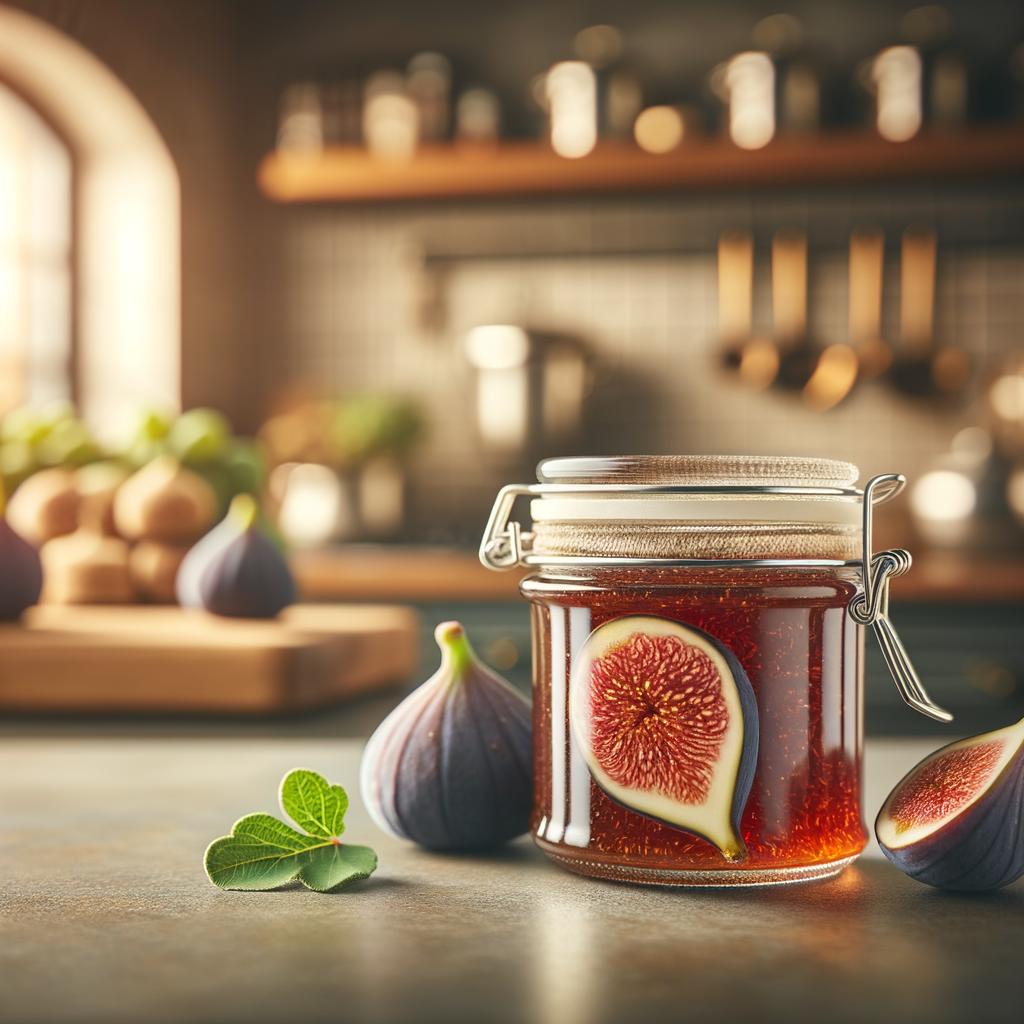Fig Preserves

Description
Fig preserves, a delightful concoction of fresh figs, sugar, and lemon, are a testament to the culinary genius of our ancestors. These preserves are characterized by their deep amber color, dotted with the tiny, crunchy seeds of the fig. The texture is a unique blend of smooth and crunchy, a delightful surprise on the tongue. The flavor profile is a symphony of sweet and slightly tart, with the distinctive, slightly nutty undertone of figs shining through. What sets fig preserves apart from other fruit preserves is the complexity of their flavor. Unlike the straightforward sweetness of strawberry or raspberry preserves, fig preserves offer a depth and richness that is truly unique.
Primary Uses
Fig preserves are a versatile ingredient in the culinary world. They are commonly used as a spread on toast or biscuits, offering a sweet start to the day. They also serve as a delightful accompaniment to cheeses, enhancing the flavors of a cheese board. Fig preserves are a key component in many Middle Eastern and Mediterranean dishes, adding a sweet balance to savory dishes. In non-culinary uses, fig preserves have been used in traditional medicine to soothe digestive issues, given the high fiber content of figs.
History
The history of fig preserves is as rich as their flavor. Figs, one of the oldest fruits known to humanity, were first cultivated in ancient Egypt, and their popularity spread throughout the Mediterranean. The art of preserving figs was likely born out of necessity, to extend the short shelf life of this delectable fruit. Over time, fig preserves became a symbol of hospitality and abundance. There is a romantic tale in Greek mythology where the god Dionysus gifted figs to humanity, indicating their divine status. The use and popularity of fig preserves have evolved over time, moving from a simple method of preservation to a gourmet ingredient in modern cuisine.
Nutritional Information
Fig preserves are not only delicious but also pack a nutritional punch. They are rich in dietary fiber, aiding in digestion. Figs are an excellent source of minerals like calcium, potassium, and magnesium. They also contain a good amount of vitamin B6 and K. While fig preserves do contain sugar, they also offer the nutritional benefits of fresh figs, making them a healthier alternative to other sweet spreads. However, as with all sweet treats, they should be consumed in moderation. Comparatively, fig preserves have a more robust nutritional profile than other fruit preserves, thanks to the nutrient-dense nature of figs.

